Thomas Eakins (1844-1916)
Get a Eakins Certificate of Authenticity for your painting (COA) for your Eakins drawing.
For all your Eakins artworks you need a Certificate of Authenticity (COA) in order to sell, to insure or to donate for a tax deduction.
Getting a Eakins Certificate of Authenticity (COA) is easy. Just send us photos and dimensions and tell us what you know about the origin or history of your Eakins painting or drawing.
If you want to sell your Eakins painting or drawing use our selling services. We offer Eakins selling help, selling advice, private treaty sales and full brokerage.
We have been authenticating Eakins and issuing certificates of authenticity since 2002. We are recognized Eakins experts and Eakins certified appraisers. We issue COAs and appraisals for all Eakins artworks.
Our Eakins paintings and drawings authentications are accepted and respected worldwide.
Each COA is backed by in-depth research and analysis authentication reports.
The Eakins certificates of authenticity we issue are based on solid, reliable and fully referenced art investigations, authentication research, analytical work and forensic studies.
We are available to examine your Eakins painting or drawing anywhere in the world.
You will generally receive your certificates of authenticity and authentication report within two weeks. Some complicated cases with difficult to research Eakins paintings or drawings take longer.
Our clients include Eakins collectors, investors, tax authorities, insurance adjusters, appraisers, valuers, auctioneers, Federal agencies and many law firms.
We perform Thomas Eakins art authentication, appraisal, certificates of authenticity (COA), analysis, research, scientific tests, full art authentications. We will help you sell your Thomas Eakins or we will sell it for you.
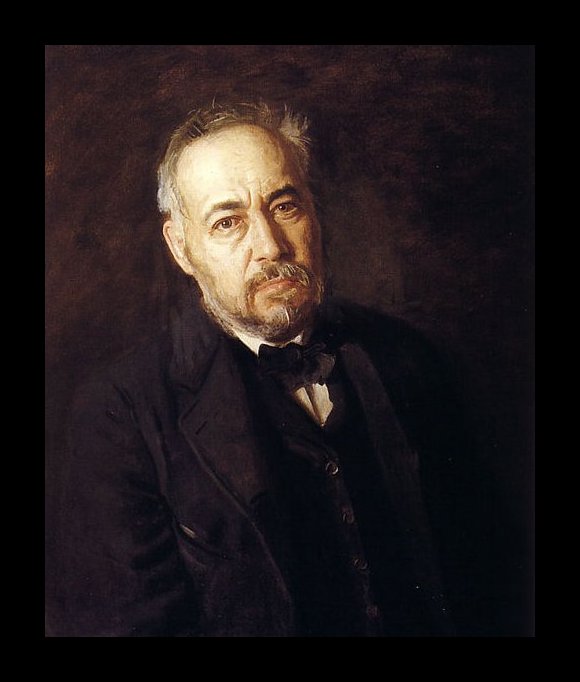
Thomas Eakins was an American painter born in Philadelphia, and has been called one of America’s greatest painters of all time. He painted in the Realist style, and began his studies at the Pennsylvania Academy of Fine Arts. From 1866-1870 he lived and studied in Europe, studying under Jean-Leon Gerome in Paris. During his time in Europe, he also traveled to Spain quite often, and was highly influenced by Diego Velazquez. This Spanish influence can be seen in many of his paintings, particularly in his own self-portrait, as well as his other portraits and genre scenes such as two of his best known paintings, “The Gross Clinic” and “The Agnew Clinic.”
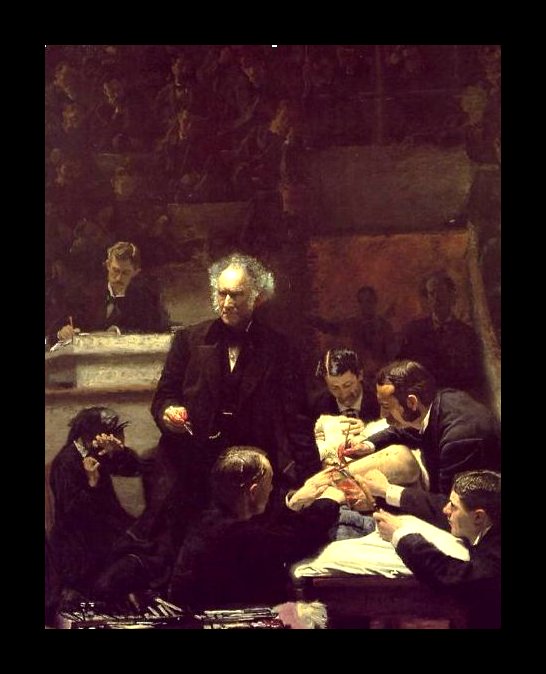
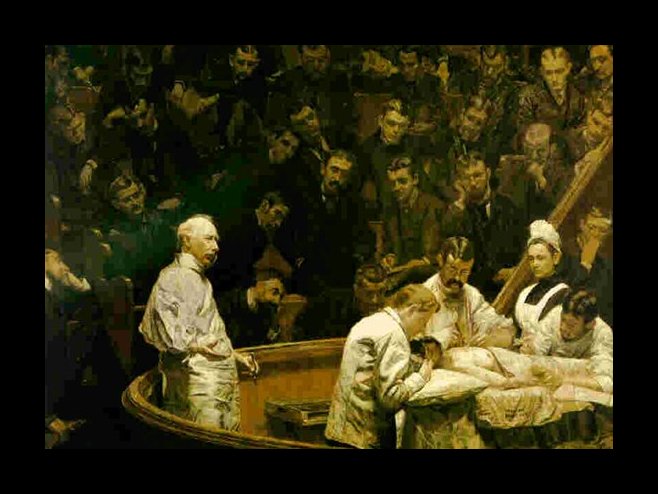
In 1876, Eakins returned to the Pennsylvania Academy and became a noted and controversial teacher. Despite the fact that his unorthodox teaching methods, including instructing his students on how to draw nudes, he became the director of the academy in 1882. Despite the great strides that Eakins made, he was eventually fired by the board of directors in 1886 because he removed the loin cloth of a male model in the presence of female students.
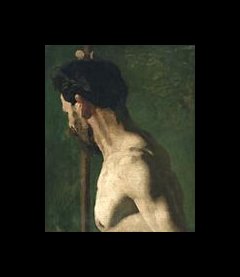

After Eakins was fired from the academy, his output of work was deeply affected. He mainly painted portraiture from then on, but even these portraits benefited from his dedication to anatomy in art. Eakins also put something of a psychological angle on the portraits of his sitters, and truly captured their presence. For this reason, many of his portraits were rejected by his patrons, but remain evidence of his genius as a painter today.

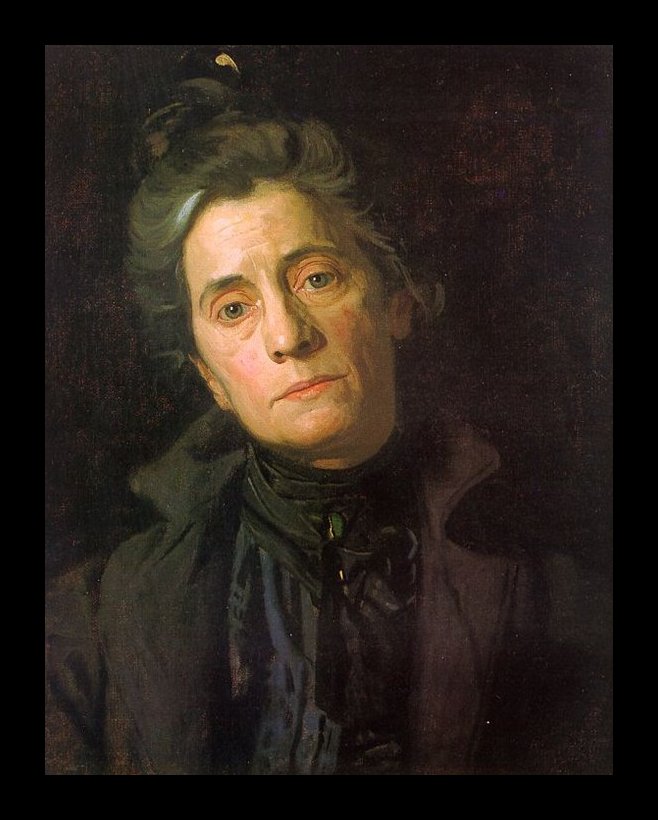
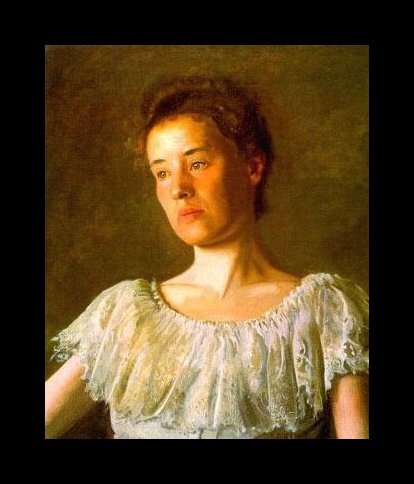
Eakins early paintings were created by using motion studies captured on film. As a result, he painted many scenes of rowers, wrestlers or boxers, capturing them in motion. He also became known as a photographer, though he did not exhibit his photographs.
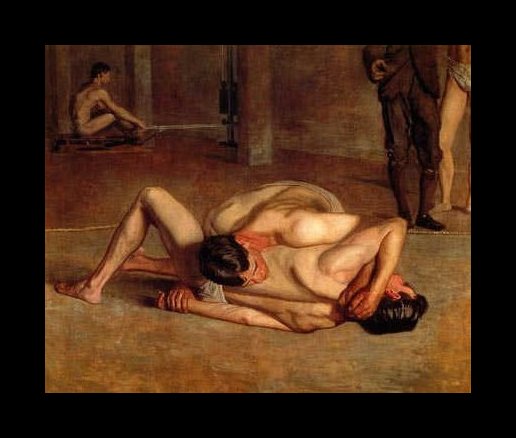
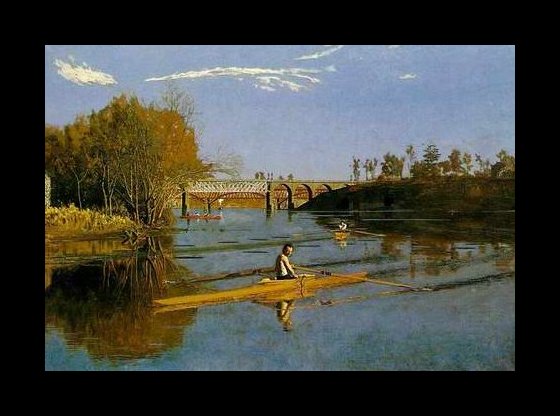

Eakins was lifelong friends with famous American poet Walt Whitman, and even painted his portrait.
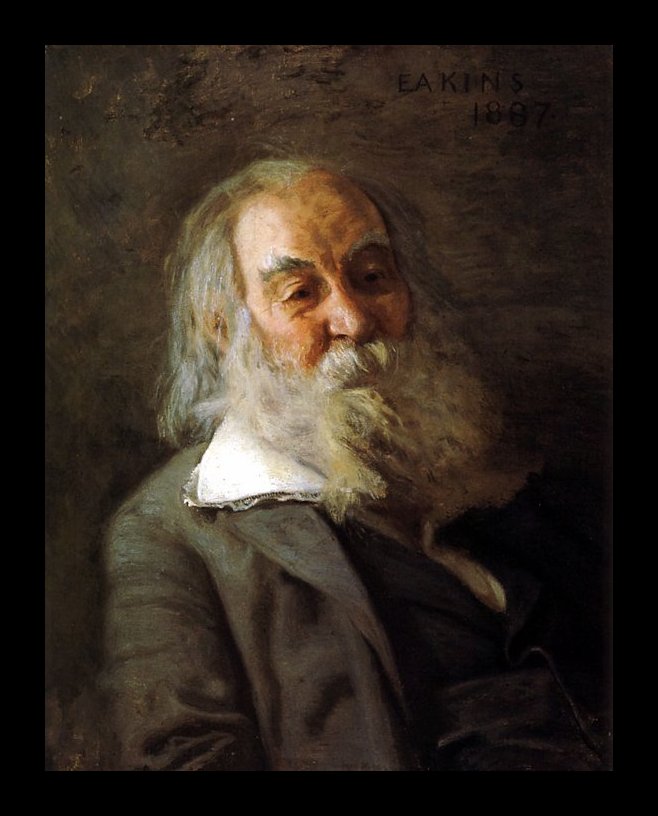
Today, Eakins contribution to American Realism can be seen in the Ashcan School of paintings. He has since emerged as a major figure in sexuality studies in art history due to his compositions featuring homoeroticism and his complex attitudes toward women. Eakins was truly ahead of his time, and believed in teaching men and women with equal regard, though he became a victim of so-called “puritanical prudity.” This bohemian attitude made it difficult for Eakins to rise up during his lifetime as a noted painter, though secured him as a major force in American art history.

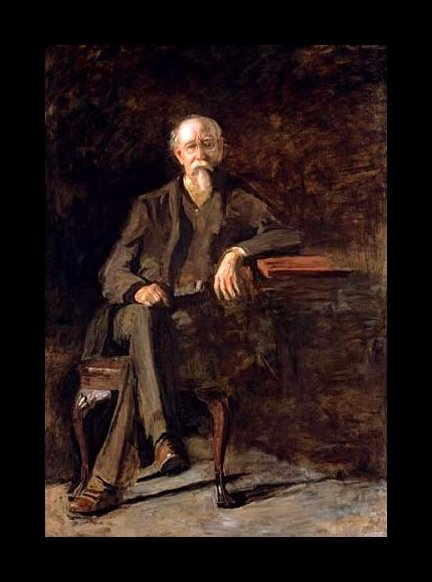
Still wondering about an American Realist painting in your family collection? Contact us… it could be by Thomas Eakins.
Reviews
1,217 global ratings
5 Star
4 Star
3 Star
2 Star
1 Star
Your evaluation is very important to us. Thank you.
